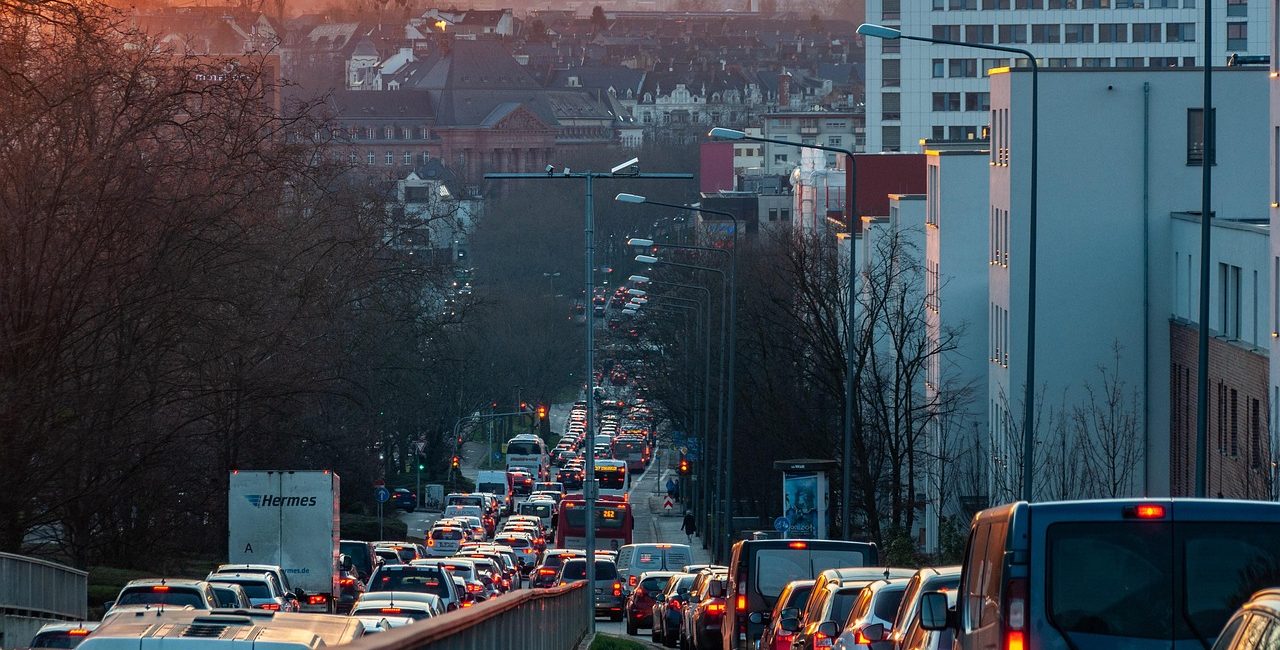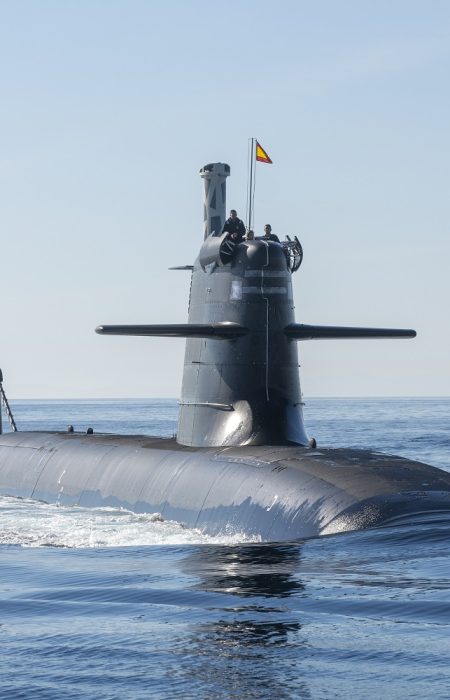Spain’s General Directorate of Traffic (DGT) is prepared for a historic summer on the roads, with over one hundred million long-distance trips expected in July and August. This increase in travel, combined with a concerning upward tendency in traffic movements in the first half of 2025, has caused Interior Minister Fernando Grande-Marlaska to propose a comprehensive traffic regulation, surveillance, and management strategy. The major goal is to prevent an increase in traffic fatalities, which amounted to 243 deaths last summer, or 3.9 per day on average.
Key Concerns and Operations
The DGT’s primary concerns include motorcycles, road departures, driver distractions, and drunk driving. To address these challenges, more surveillance and targeted campaigns will be in place throughout the summer.
Holidays in Spain are traditionally focused on weekends, with departures and returns. In response, the DGT has organised specialised operations every weekend, with large reinforcements on the first weekend of each month and during major holidays. Five big special traffic activities are scheduled:
1st Operation Exit: Friday 4th to Sunday 6th of July
Operation Santiago runs from Wednesday, July 24th to Saturday, July 27th.
Operation August 1st: Friday 1st to Sunday 3rd August.
Operation August 15: Thursday, August 14th to Sunday, August 17th.
Operation Return: Friday 29th to Sunday 31st August.
In addition to internal travel, Spain’s roadways serve as an important transit point for automobiles from other European countries bound for Spain, Portugal, or North Africa. Operation Crossing the Strait is a substantial undertaking, with a predicted 5% increase in vehicle crossings over the previous year’s 850,000. Similarly, Operation Passage de Portugal predicts around 212,000 vehicles, with increased surveillance on the A-62 and A-66 highways.
The DGT’s comprehensive strategy includes a staff of over 27,000 people, two rest areas, five information points, and a sophisticated Border Information System with over 2,400 information panels and 2,000 cameras that give real-time updates and incident management.
High Risk Factors and Prevention
Grande-Marlaska identified several areas of significant concern:
Motorcyclists: Last summer, 76 motorcyclists died, more than one per day and the greatest amount in a decade. These accidents occurred primarily on conventional highways on weekends, frequently involving high-powered motorbikes and skilled riders. Despite accounting for fewer than 3% of road trips, motorcyclists are responsible for 25% of fatalities. The Ministry of Interior is actively engaging with the motorcycle industry to improve safety.
Road Departures account for 40% of fatal accidents.
Distracted driving remains the major cause of accidents.
Hit-and-run accidents account for 9% of fatalities.
Alcohol and drug abuse are a chronic risk factor.
Age Group 45-54: This cohort had the most accidents last summer.
Life Saving Advice
The Interior Minister provided critical suggestions to lessen accident risks:
Plan your trips carefully to minimise traffic bottlenecks, especially around city exits and along seaside routes.
Never put your life in danger just to get an additional drink or save a few minutes on your commute.
Do not utilise social media groups to report alcohol checkpoints; such irresponsible activity can harm lives.
Short travels are the most likely cause of fatal summer accidents, therefore proceed with extreme caution.
Maintain concentrate while driving: keep both hands on the wheel and your eyes on the road to avoid distractions.
Grande-Marlaska underlined that “road safety is a national project,” and encouraged individuals to be cautious and responsible. He also thanked the Guardia Civil Traffic Officers for their constant dedication and commitment to road safety, driver assistance, and professional incident management. Their relentless efforts, even during the holidays, are critical to the effective operation of mobility and road safety in Spain.









No Comment! Be the first one.